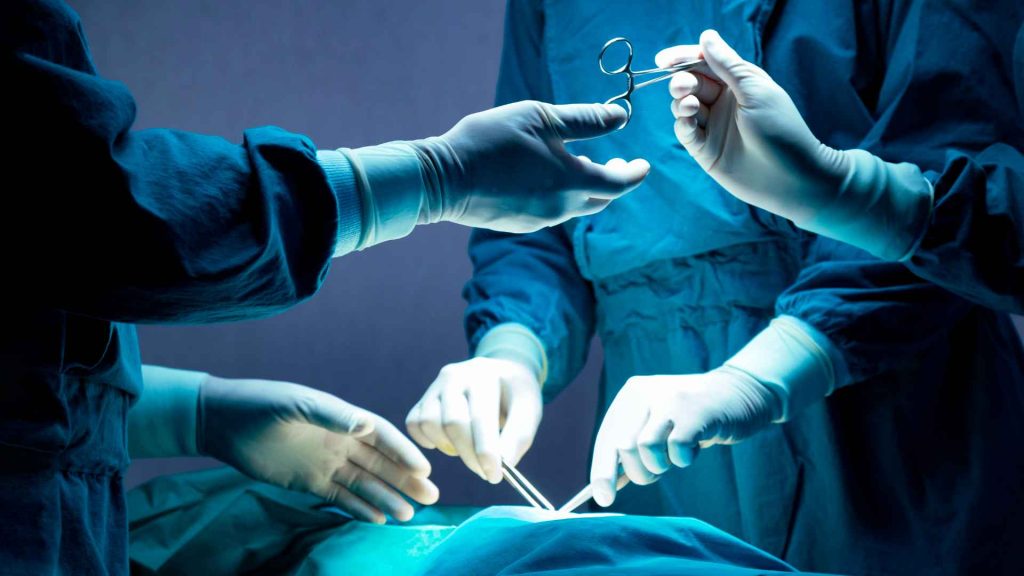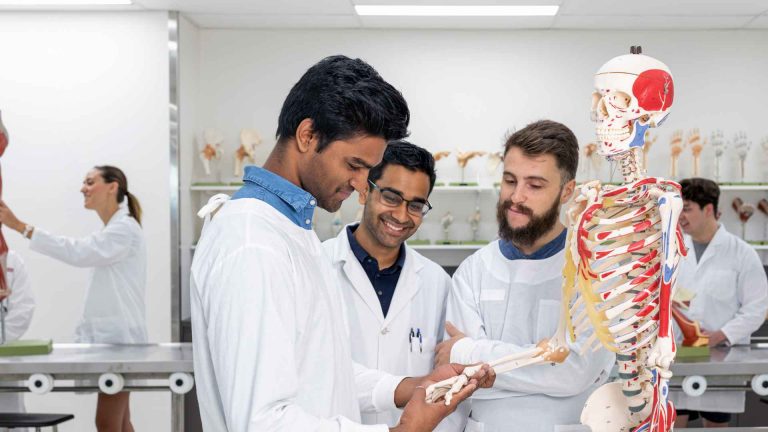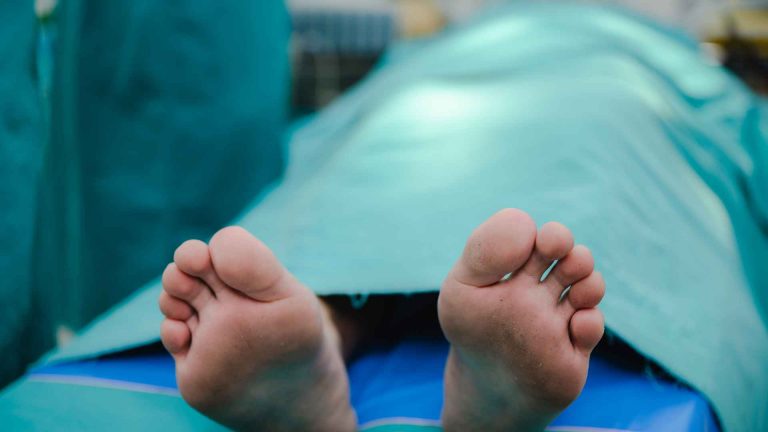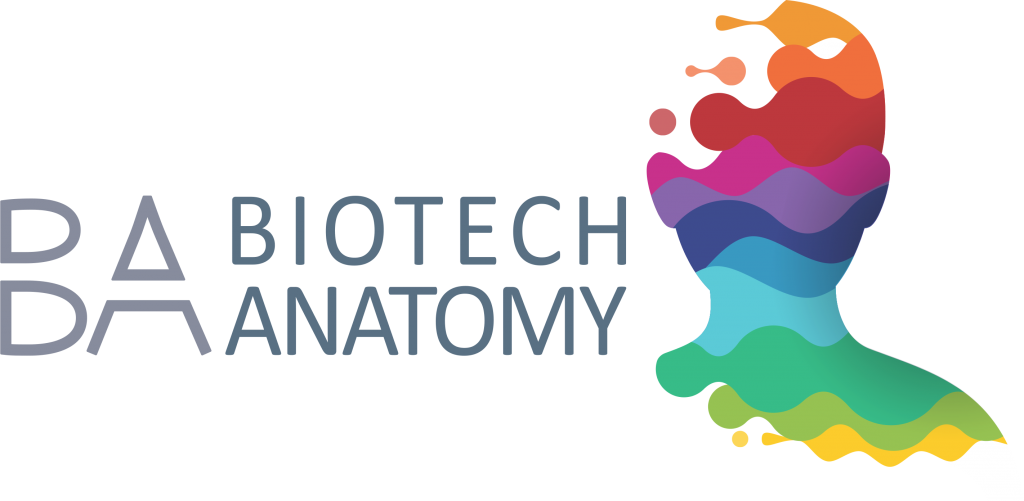Cadavers have long been a cornerstone in medical education, offering students an invaluable hands-on experience. But with rapid advancements in technology, one might wonder if they’re still a staple in today’s medical schools.
They’re indeed still part of the curriculum, serving as silent teachers that provide an unparalleled understanding of the human body. Despite the rise of virtual dissection tables and 3D models, cadavers remain irreplaceable for many institutions.
Medical schools balance tradition and innovation, ensuring that students gain the tactile knowledge that only real human bodies can provide. It’s a blend of the past and the future, preparing tomorrow’s healthcare professionals for a world that values both.

The Role of Cadavers in Medical Education
Cadavers have long been a cornerstone of medical training. They provide medical students with their first real encounter with human anatomy, a rite of passage that’s both educational and profound. A cadaver’s body serves as a complex textbook, revealing intricacies that can’t be replicated by diagrams or simulations. Tactile learning through dissection helps students gain confidence and competence in a way that theoretical knowledge cannot match.
With each incision, future medical professionals learn not only about muscle attachments and organ systems but also about the variability in human bodies. Anomalies often present in cadavers are critical teaching points. They underscore the importance of adaptability and astuteness required in real-world medical practice.
Integration of Traditional and Modern Techniques is vital in today’s medical education. While virtual dissection tables and 3D models offer accessibility and repeatability, they lack the sensory feedback that comes with handling real tissues. This firsthand experience is instrumental in teaching intricate procedures such as suturing or administering injections, which rely on the feel of tissue resistance and depth perception.
Medical schools understand that mastering human anatomy is not just about visual learning. It’s about experiencing the weight of an organ, understanding the texture of tissues, and recognizing the spatial relationships that are vital to surgical procedures. Through cadaver-based learning, students gain insights that are critical for surgical planning and execution.
The importance of Ethical Considerations cannot be overstated. Cadavers also impart lessons in empathy and respect for patient autonomy. Handling a donor body is a profound reminder of the generosity of human spirit and the ethical duties that medical practitioners must uphold. This educates students on the gravity of their profession, instilling a sense of duty that guides their actions beyond the anatomy lab.
The utilization of cadavers in medical training, therefore, accomplishes much more than teaching the nuts and bolts of the human body. It helps sculpt well-rounded physicians who are prepared to face the complexities and responsibilities of patient care. Medical schools continually assess and adapt their curricula to ensure that cadaveric dissection remains an integral, ethical, and respectful part of medical education.
Cadavers vs. Technology: The Debate
The debate between traditional cadaver-based learning and digital dissection technology is ongoing in medical education. Both approaches have staunch advocates and each comes with its own set of advantages.
Traditional cadaver dissection offers tactile experience that is unmatched by any technology. It allows medical students to experience the texture, density, and three-dimensional arrangement of human tissues, critical for developing a realistic understanding of the human body. This method fosters complex skill sets, including surgical techniques that call for hands-on practice.
In contrast, emerging technologies such as virtual dissection tables and 3D-anatomic software aim to revolutionize medical education. Proponents argue these options are cost-effective, efficient, and repeatable without the ethical concerns surrounding cadaver procurement and use. Additionally, technological tools are frequently updated with the latest medical findings, offering a dynamic resource to students.
Despite the push towards digitalization, several drawbacks of technology when compared to cadavers emphasize the difficulty in transitioning solely to digital methods.
- Technology cannot replicate the variability found in human bodies.
- It often fails to convey the resistance and feel of real tissues during invasive procedures.
- Students miss out on understanding the intricacies of spatial relationships that only actual dissections can teach.
Current trends suggest a hybrid model, incorporating both cadavers and digital resources, is the most effective. This blend equips students with a foundational understanding from actual dissections while also benefiting from the accessibility and versatility of digital tools.
Educational institutions must evaluate their teaching objectives and resources to decide the extent to which they integrate technology with traditional cadaver-based methods. The delicate balance aims to prepare students for a future in which technology will play an increasing role in clinical practice without sacrificing the distinctive learning experiences that cadavers provide.
The Benefits of Using Cadavers in Medical Schools
Medical schools have long employed cadavers as a cornerstone in their anatomy and surgical training programs. By using cadavers, students gain invaluable hands-on experience. Cadavers provide a realistic representation of the human body, which is essential for students to understand the complex nature of human anatomy.
Students are exposed to the true variability of the human form through cadaver dissection. Unlike digital models, which might offer a standardized version, cadavers reveal the diverse nature of human anatomy. This diversity is critical for medical students, as it prepares them for the range of anatomical differences they’ll encounter in real patients.
Moreover, there’s the tactile element that cadavers uniquely provide. The feel of muscle, the toughness of tendons, and the delicacy of blood vessels cannot be mimicked by virtual simulations. Working with real tissues helps students develop manual dexterity and hones their surgical skills, which is a crucial aspect of medical training. It’s this tactile feedback that can make the difference in a surgeon’s ability to efficiently and gently navigate a patient’s body during procedures.
Another aspect often highlighted is the element of ethics and respect for the human body. Cadaver dissection emphasizes the gravity of medical care and the respect for patients that is fundamental to the practice of medicine. This experience is thought to instill a sense of responsibility and empathy in medical students, an attribute that’s as important as technical knowledge.
The use of cadavers in medical schools enriches the learning experience by offering direct interaction with real human bodies. It’s a tradition that fosters a multifaceted understanding of anatomy, surgical skills, and ethical considerations – aspects that are difficult to replicate with technology alone. As such, most medical schools continue to value cadaver dissection as an irreplaceable component of their curriculum.
How Cadavers Enhance Learning?
The utilization of cadavers in medical education is not just a tradition; it’s a vital tool for deep learning. When medical students first step into an anatomy lab, they’re encountering the intricate design of the human body in its most authentic form. Cadavers serve as the ultimate three-dimensional textbooks, offering layers of information through hands-on exploration. This tactile learning component cannot be replicated by virtual simulations or textbooks.
Cadavers provide unique educational benefits:
- Realistic representation of anatomy
- Development of manual dexterity and surgical technique
- Insight into the variability of human bodies
Each dissection is a new discovery, and as students peel back layers, the reality of human complexity is revealed. These experiences commit the knowledge to memory far more effectively than pictures or models could. It’s through this dismembering process that the abstract becomes concrete, and the connection between theory and practice is solidified.
Moreover, cadavers teach future physicians the importance of compassion and respect for patients. There’s a certain solemnity and reverence that permeates the anatomy lab, as the silent teachers impart their final lesson. This aspect of medical training is a profound reminder of the trust and responsibility that patients place in their doctors’ hands.
Hands-on practice with cadavers also allows students to identify and appreciate anatomical differences that can be critical during diagnosis and treatment. No two bodies are identical, and understanding this variability prepares students for the challenges they will face in diverse patient populations.
The value of cadavers in medical schools extends into the realm of surgical proficiency. For students pursuing surgical disciplines, the ability to practice procedures, understand spatial relationships, and handle human tissues is fundamental. The transition to surgical residencies is smoother for those who have had extensive cadaver practice, equipping them with confidence and a solid foundation of surgical skills.
Through each incision and examination, students embark on a journey of lifelong learning and patient care. Cadavers not only enhance the learning experience through direct observation and interaction but also serve as a constant reminder of the privilege and responsibility that accompany the medical profession.
Balancing Tradition and Innovation in Medical Education
Medical schools have long revered the tradition of cadaver dissection as a rite of passage for aspiring physicians. This practice harks back to centuries when firsthand experience in anatomy was the cornerstone of medical education. Despite advancements in medical technology, cadavers remain deeply integrated into the curriculum, serving as a crucial bridge between past and present training methodologies.
Innovative technologies like digital simulations and augmented reality are being introduced to supplement cadaver studies. They offer virtual experiences that can be repeated indefinitely, presenting a range of scenarios far wider than what is possible with a finite number of cadavers. These technologies also reduce the reliance on physical resources, which can be scarce and costly to maintain.
However, medical educators are faced with a challenge: integrating these new learning tools without compromising the proven benefits of traditional cadaver dissection. To achieve this balance, many institutions have adopted a hybrid approach. They’re leveraging the strengths of both worlds—combining the irreplaceable hands-on experience gained from dissection with the versatility and accessibility provided by virtual platforms.
- Traditional dissection teaches tactile skills and spatial understanding of anatomy.
- Virtual simulations offer dynamic, interactive experiences that can adapt to individual learning needs.
The hands-on practice with cadavers cannot be simulated precisely by technology. Real tissue variations, the feel of different structures, and the complexities of human anatomy come to life in a way that even the most sophisticated software cannot replicate accurately. The integration of new technology aims not to replace, but to enhance the learning experience.
Moving forward, medical schools continue to evaluate and adapt educational tools that best serve the evolving needs of students. They’re seeking to strike an equilibrium where traditional practices are honored and technological advancements are embraced, ensuring that each medical student is well-equipped for the demands of contemporary healthcare.
Medical schools are redefining educational standards to reflect the significance of experiential learning while acknowledging the benefits brought by technological innovation. As the field of medicine progresses, so too does the approach to medical education, with an ever-present focus on equipping future doctors with comprehensive knowledge and skills.
Conclusion
Medical schools continue to honor the invaluable role cadavers play in anatomy education. The hands-on experience of dissection is irreplaceable in providing future physicians with a deep understanding of the human body. Yet they’re also embracing technological advances to enrich this foundational training. The hybrid approach adopted by many institutions reflects a commitment to preparing medical students for a future where technology and tradition intersect. As medical education evolves, the blend of cadaver-based dissection and innovative virtual tools ensures that students are well-equipped for the complexities of modern medicine.





